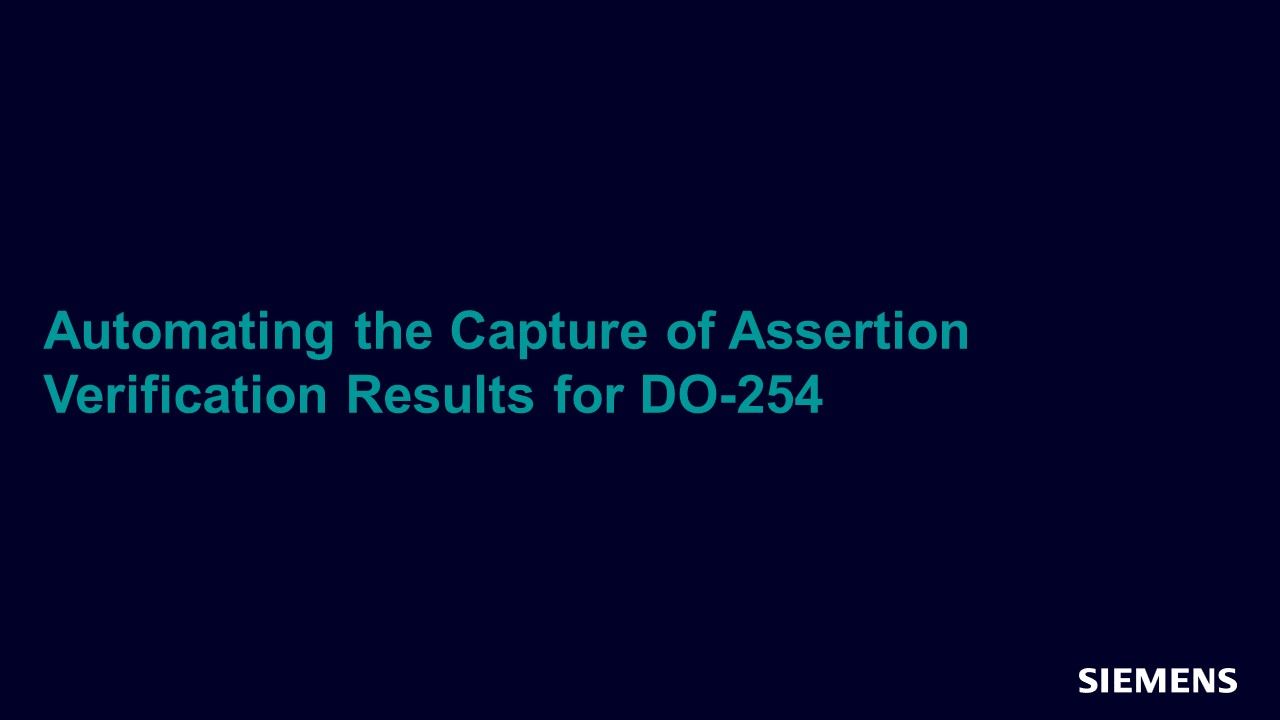Automating the Capture of Assertion Verification Results for DO-254
This article focuses on Assertion-Based Verification (ABV) methodology and discusses automation techniques for capturing verification results to accelerate the verification process. Also, it showcases how requirement traceability is maintained with use of assertions to comply with the mandatory DO-254 standards.

Full-access members only
Register your account to view Automating the Capture of Assertion Verification Results for DO-254
Full-access members gain access to our free tools and training, including our full library of articles, recorded sessions, seminars, papers, learning tracks, in-depth verification cookbooks, and more.